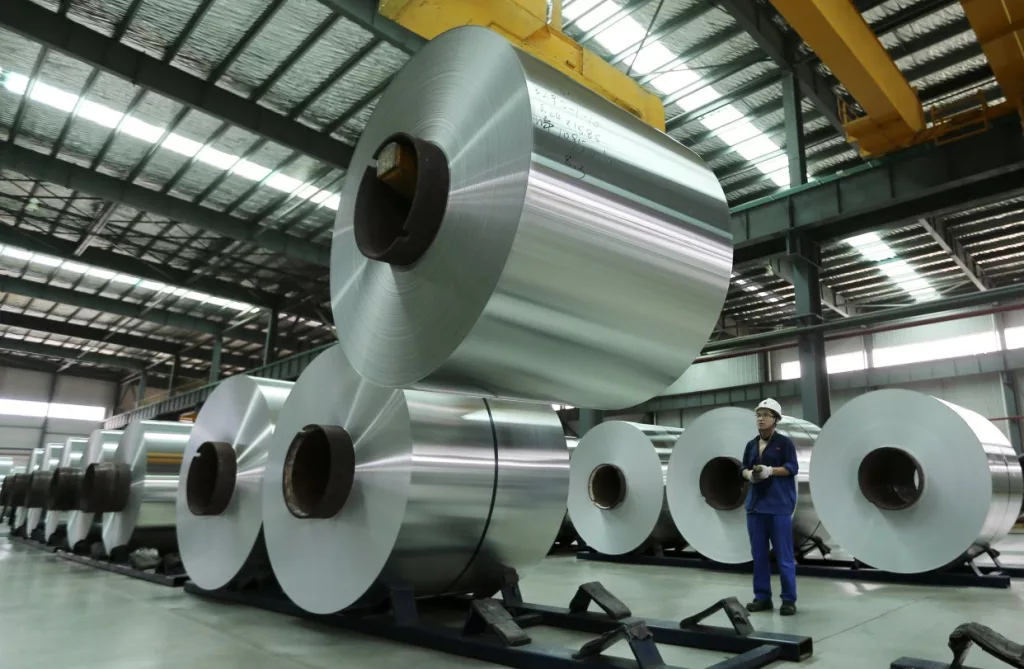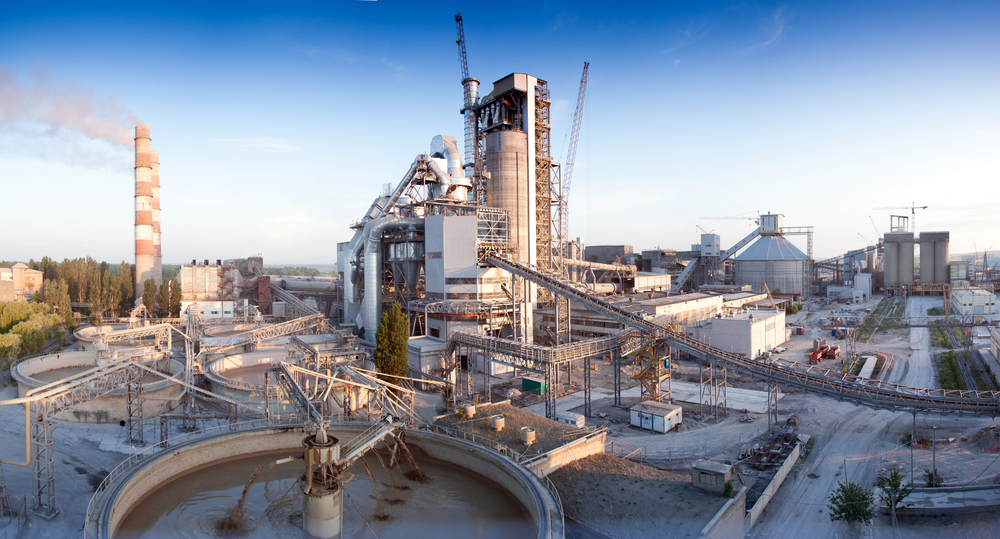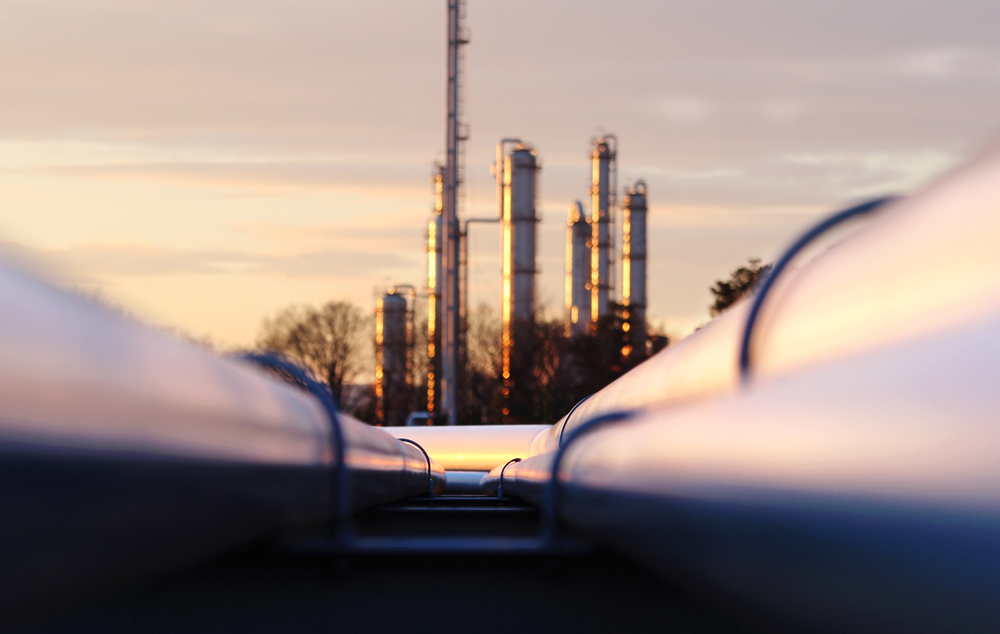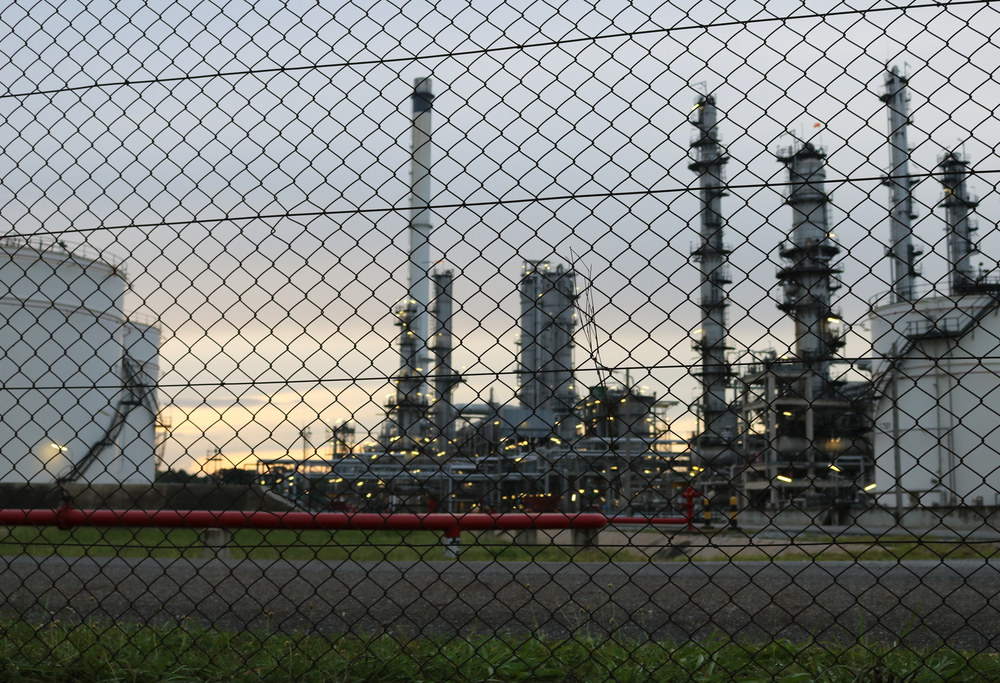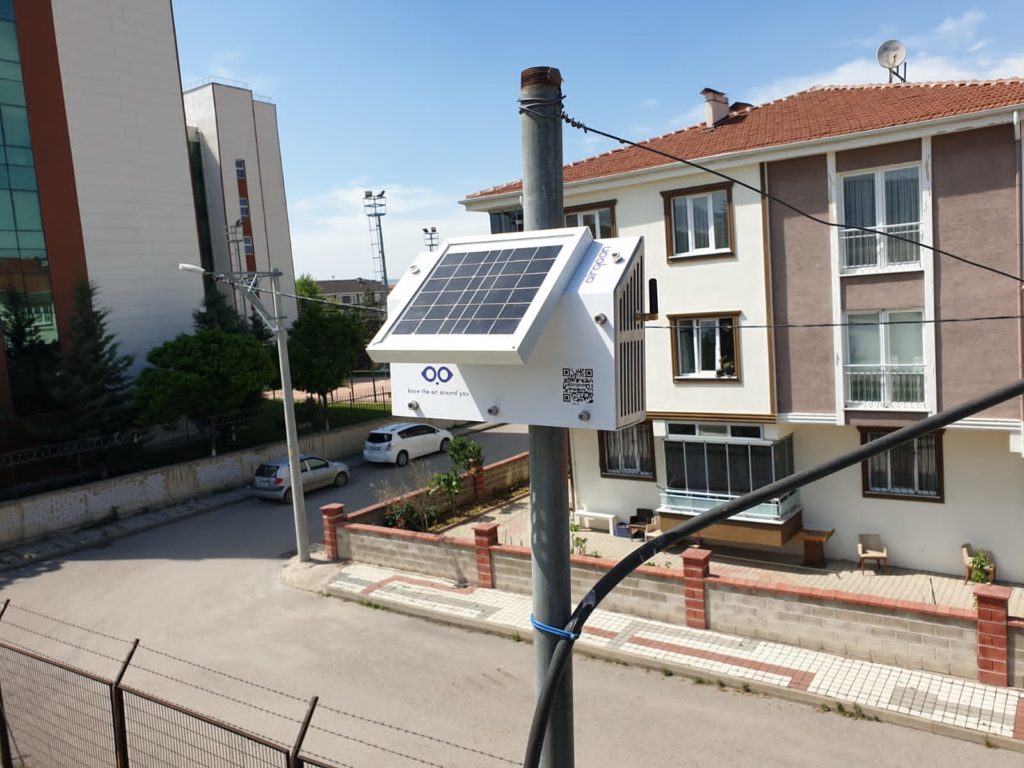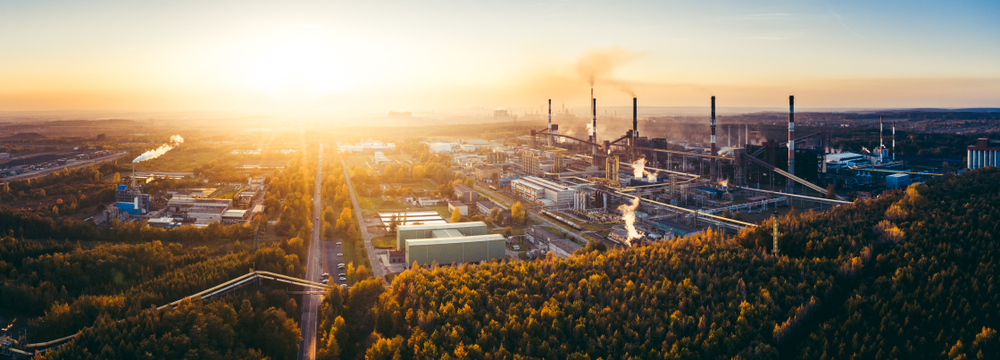
Introduction
Continuous monitoring is an essential step in air pollution management. Airqoon utilizes its sensor unit L, which can precisely detect the concentration of fine liquid and solid particles and hazardous gas pollutants suspended in the air. Particles of less than 2.5 µm (PM2.5) in diameter are dust, smoke, soot, smog, pollen, and liquid particles that can penetrate deep into our lungs and cause short and long-term health hazards.
Airqoon sensor unit L additionally measures ambient environmental conditions such as air temperature, humidity, and pressure. It can be customized to measure hazardous pollutants CO, NO2, SO2, O3, and H2S.
Features

Accurate sensing with Airqoon’s smart calibration process
The main concern while employing a low-cost sensor (LCS) for air pollution monitoring is accuracy. Thanks to Airqoon’s smart calibration process, sensor unit accuracy is increased significantly.
Global Connectivity
Airqoon units provide continuous and seamless monitoring with global connectivity. They can work with WiFi, BLE, 4G, and NB-IoT.


Battle-proof for harsh environments (-30C – +50C)
Airqoon units have experience in diverse and extreme environments, from a research center in Antarctica to a mining facility in Maras, one of the hottest locations in Turkey.
Energy self-sufficient
With its onboard battery pack and solar panel, Airqoon units can work 24/7/365 without interference. It is also offered an option to be powered by a typical 5V/2A wall adapter.


Ease of maintenance
Units can be easily deployed and become operating in less than 5 minutes. Diagnostic information is collected in the Airqoon cloud for the quality of data and continuity of the service.
